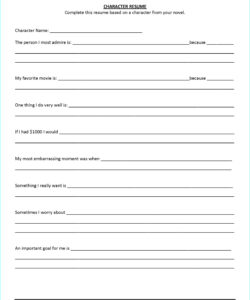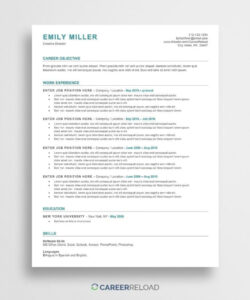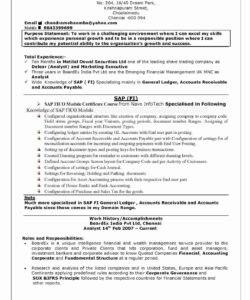Are you looking to convert your resume to a CV? This article will guide you through the process of converting your resume to a CV. A CV is a more detailed document than a resume and is typically used in academic and research settings. A CV includes a summary of your educational and academic background, as well as your research and teaching experience. It also includes a list of publications, presentations, and other academic achievements.
Converting your resume to a CV can be a daunting task, but it doesn’t have to be. Here are some tips to help you get started:
Step 1: Review Your Resume
The first step in converting your resume to a CV is to review your resume and identify the information that needs to be expanded upon. This may include your educational background, research experience, and teaching experience. You should also identify any publications, presentations, or other academic achievements that you want to include in your CV.
Once you have identified the information that needs to be expanded upon, you can begin to organize your CV. Your CV should be organized in reverse chronological order, with your most recent academic and research experience listed first.
Step 2: Expand on Your Educational Background
Your CV should include a detailed summary of your educational background. This should include the name of the institution, the degree you earned, and the date you earned it. You should also include any academic honors or awards that you received.
If you have completed any research projects or published any papers during your academic career, you should include this information in your CV as well.
Step 3: Highlight Your Research and Teaching Experience
Your CV should include a detailed summary of your research and teaching experience. This should include the name of the institution where you conducted your research or taught, the dates of your employment, and a brief summary of your responsibilities.
If you have published any papers or presented at any conferences, you should include this information in your CV as well.
Step 4: List Your Publications, Presentations, and Other Academic Achievements
Your CV should include a list of your publications, presentations, and other academic achievements. This should include the title of the publication or presentation, the date it was published or presented, and the name of the journal or conference where it was published or presented.
If you have received any academic awards or honors, you should include this information in your CV as well.
Conclusion
Converting your resume to a CV can be a challenging task, but it is an important step in your academic and research career. By following the steps outlined in this article, you can create a detailed and comprehensive CV that highlights your academic achievements and research experience.
FAQ
What is the difference between a resume and a CV?
A resume is a brief summary of your work experience and education, while a CV is a more detailed document that includes a summary of your educational and academic background, as well as your research and teaching experience.
When should I use a CV?
A CV is typically used in academic and research settings, such as when applying for graduate school or a research position.
What should I include in my CV?
Your CV should include a summary of your educational and academic background, as well as your research and teaching experience. It should also include a list of publications, presentations, and other academic achievements.


